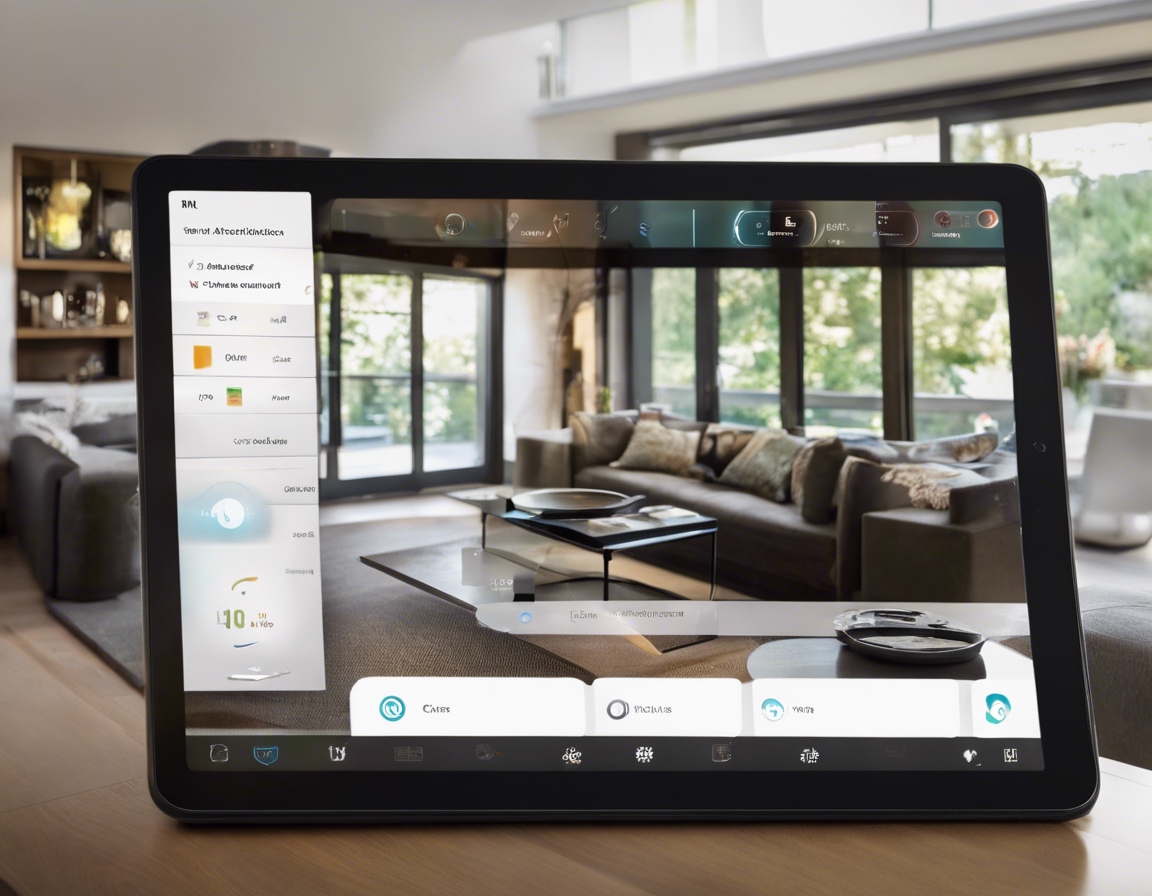The future of security: trends in alarm and surveillance technology
In an era where technology is rapidly advancing, the security industry is undergoing significant transformations. Homeowners, business owners, and property managers are increasingly seeking innovative solutions to safeguard their assets and loved ones. As we look to the future, understanding the trends in alarm and surveillance technology is crucial for making informed decisions about security investments.
2. Advanced Alarm Systems
Smart alarms are revolutionizing the way we think about security. These systems offer real-time alerts, remote access, and seamless integration with other smart home devices. By utilizing wireless technology, smart alarms provide flexibility and ease of installation, making them an attractive option for both residential and commercial properties.
The Internet of Things (IoT) is playing a pivotal role in the evolution of alarm systems. By connecting various devices and sensors, IoT-enabled alarms can provide comprehensive security coverage. This integration allows for automated responses to security breaches, such as locking doors or activating surveillance cameras, enhancing the overall effectiveness of the system.
3. Cutting-edge Surveillance Technologies
Artificial Intelligence (AI) and Machine Learning (ML) are transforming surveillance technology. These advancements enable systems to analyze video footage in real-time, identifying potential threats and reducing false alarms. AI-powered surveillance can recognize patterns and behaviors, providing a proactive approach to security management.
High-resolution cameras and 360-degree views are becoming standard in modern surveillance systems. These cameras offer unparalleled clarity and coverage, ensuring that no detail goes unnoticed. The ability to capture wide areas with a single camera reduces the need for multiple devices, optimizing both cost and efficiency.
4. Cloud-Based Security Solutions
Cloud-based solutions are redefining how security systems are managed. With remote monitoring capabilities, users can access their security systems from anywhere in the world. This flexibility allows for real-time responses to incidents and provides peace of mind for property owners.
As security systems become more reliant on cloud technology, data security and privacy concerns are paramount. Ensuring that sensitive information is protected from cyber threats is essential. Companies are investing in robust encryption methods and secure data storage solutions to address these challenges.
5. The Role of Cybersecurity in Physical Security
Cybersecurity is increasingly intertwined with physical security. As systems become more interconnected, the risk of cyber attacks on security infrastructure grows. Implementing strong cybersecurity measures is crucial to protect against potential vulnerabilities and ensure the integrity of security systems.
6. The Importance of User-Friendly Interfaces
As security technology becomes more sophisticated, the need for user-friendly interfaces is more important than ever. Systems that are easy to navigate and operate ensure that users can effectively manage their security solutions without extensive training or technical expertise.
7. Future Trends and Innovations
Predictive analytics is set to play a significant role in the future of security. By analyzing historical data, these systems can anticipate potential security threats and provide preemptive alerts. This proactive approach allows for more effective risk management and prevention strategies.
Biometric and facial recognition technologies are becoming increasingly prevalent in security systems. These technologies offer enhanced accuracy and reliability, making them ideal for access control and identity verification. As these systems continue to evolve, they will provide even greater levels of security and convenience.






Comments (0)